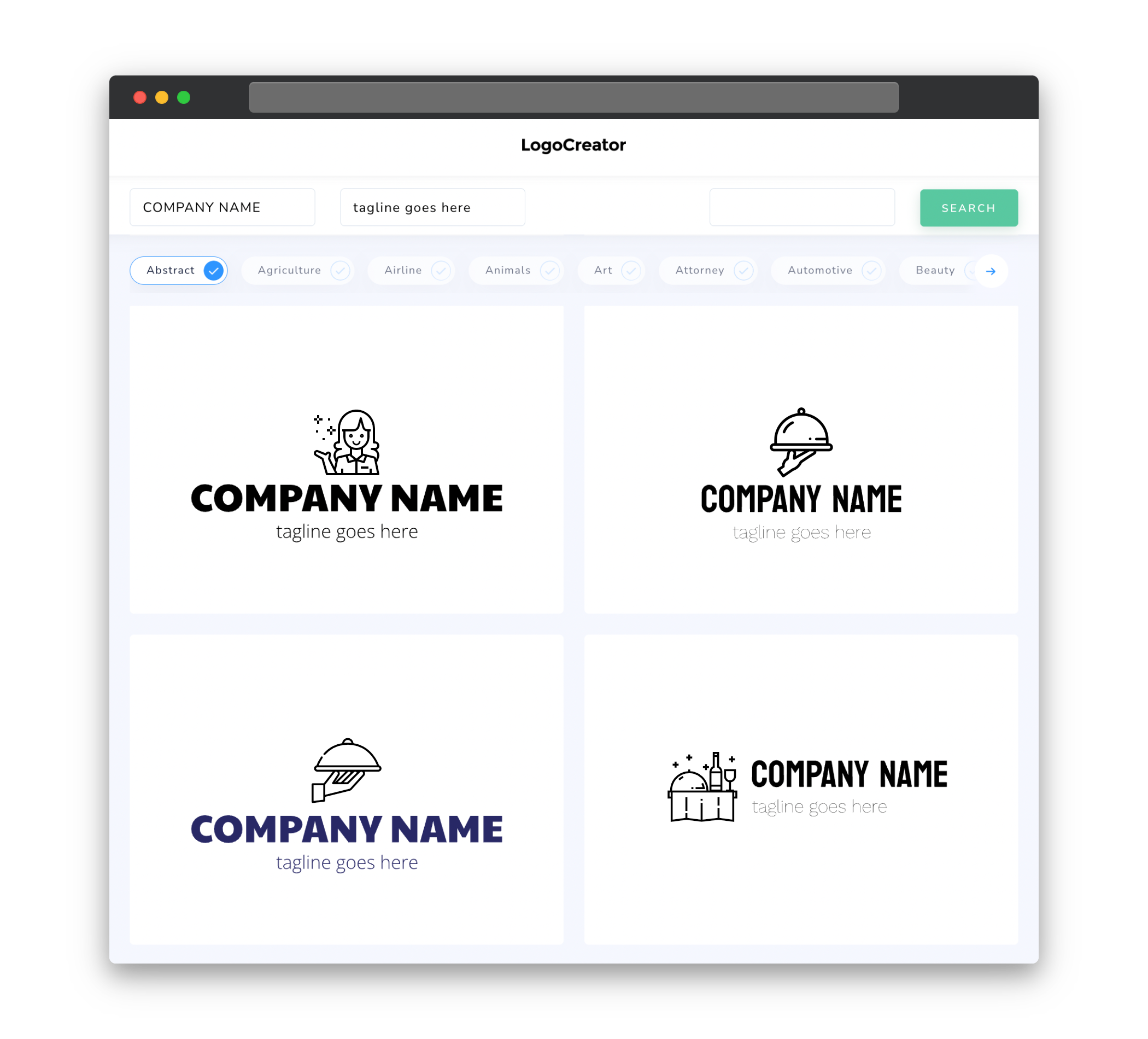Audience
When it comes to designing a hospitality logo, it is important to understand your target audience. Your logo should resonate with customers who are looking for an exceptional hospitality experience. Whether you are creating a logo for a hotel, restaurant, or travel agency, it should appeal to individuals who value comfort, elegance, and top-notch service. By considering your target audience’s preferences and expectations, you can create a logo that captivates and attracts the right clientele.
Icons
Icons play a crucial role in hospitality logos as they are often used to represent the services or offerings of the establishment. For example, a hotel logo may feature an iconic representation of a bed or a key symbolizing comfort and accessibility. A restaurant logo might incorporate a knife and fork to represent fine dining. When selecting icons for a hospitality logo, it’s important to choose ones that are visually appealing, easy to recognize, and relevant to the industry.
Color
Color plays a vital role in influencing emotions and perceptions. When designing a hospitality logo, it is crucial to choose colors that reflect the desired brand image and evoke the right feelings. Warm colors like red, orange, and yellow can create a sense of excitement, passion, and energy, perfect for a vibrant hotel or lively restaurant. On the other hand, cool colors like blue and green can evoke a sense of calmness, tranquility, and trust, making them ideal for a relaxing spa or eco-friendly retreat. Consider your brand identity and the emotions you want to evoke when selecting colors for your hospitality logo.
Fonts
Fonts are a powerful tool for communicating the personality and message of a brand. When choosing fonts for a hospitality logo, it is important to strike a balance between readability and style. Serif fonts can convey a sense of elegance and tradition, making them a popular choice for luxury hotels or upscale dining establishments. Sans-serif fonts, on the other hand, are clean and modern, often preferred for contemporary hotels or trendy restaurants. Remember to choose fonts that reflect your brand’s personality and align with the overall design aesthetic of your logo.
Layout
The layout of a hospitality logo should be visually pleasing and balanced. It should be carefully designed to create a harmonious composition that is both memorable and easily recognizable. The logo elements, such as icons, text, and other design elements, should be strategically placed to create a cohesive design. Consider the hierarchy of the elements to ensure that the most important information stands out. A well-designed hospitality logo should have a clear focal point, visually guiding the viewer’s attention to the key elements of the logo.
Usage
A hospitality logo can be used across a wide range of materials and mediums. It should be created in a vector format, allowing for easy scaling and resizing without losing quality. This ensures that the logo can be used on different platforms, such as websites, social media profiles, business cards, signage, and promotional materials. When using the logo, it is important to maintain consistent branding by adhering to the logo’s color scheme, fonts, and overall design style. This consistency will help build brand recognition and establish a strong visual identity within the hospitality industry.



